When visiting the Allradmesse in Bad Kissingen 2016, we had almost made up our minds to buy the cabin for our truck from Krug Expedition. We had spent 5 years of researching and evaluating numerous cabin builders already and we were convinced that this was exactly what we were looking for. Since KRUG was a ‘no-name’ brand back in 2016 and I could only find one reference customer who we could talk to, we decided to have meeting with them in Bad Kissingen and then visit the KRUG factory in the Ukraine before signing a contract. First I had to get oriented and check GoogleMaps to locate the Ukraine – my old school atlas still showed Kiev as part of the USSR. When doing some research about flights and things to do in the Ukraine, I realized that the Nuclear Disaster Zone of Chernobyl is only about 100 km from the capital of Kiev.
The day of this nuclear catastrophe on April 26, 1986 is still burned into my memory – remembering the geiger counter that we got from our university ticking away, when checking the radiation of our soccer field. I was a student in Germany at the time, living around 2,000 km away from Chernobyl. The explosion of reactor No. 4 at Chernobyl brought up radioactive substances to an altitude of 1.5 Kilometer in the air. The wind took the radioactive cloud as far as Scandinavia. During the day of the accident, the direction of the wind changed to westward. The second contaminated cloud thus flew via Poland to Czechoslovakia and further to Austria and Germany. As far as we know today, there is no place in the world where the radioactive clouds from Chernobyl were not present. Contaminated clouds flew all around the world. On TV we saw conflicting news – was it safe drinking milk, or playing soccer outside after the first rain? It was really an eerie time.
Nonetheless I was curious to see this historic site and we combined our KRUG factory visit with some sightseeing in Kiev and a Chernobyl Disaster Zone Tour, as the highlight of the trip.
I never thought of Kiev as a tourist destination, but was pleasantly surprised with the flair, architecture and laid back atmosphere. Before our visit I started to catch up on Ukrainian history – there are a lot of interesting sites – like Maidan Square, the center of the 2014 Ukrainian Revolution or the byzantine style Saint Volodymyr’s Cathedral.
After spending a day of sightseeing and strolling through Kiev we got picked up by a KRUG driver the next morning in a brand new LandRover to take us to the Krug factory location in Cherkassky, which is a 2 hour drive. We were greeted by Victor, the KRUG founder and a dolmetscher who was translating from Russian to German for us. I then had to translate from German to English for Emily. We ‘inspected’ the very organized and very clean KRUG factory buildings and looked at a finished cabin on an MAN truck and some cabins that were in the building process. After discussing some details with Victor and Joerg, who was our sales contact, we chatted with some of the engineers who were working on 3D Cad computer drwaings. Most of them are from the nuclear power-plant- and airspace industry. As Victor explained, the economy took a dive after the independence from Russia and due to high unemployment, qualified labor is currently cheap in the Ukraine. We were impressed by some of the 3D cabin samples and the level of detail they could show us on the computer screen. Working with 3D drawings proofed to be an essential tool and ‘lifesaver’ during our cabin build process. KRUG provided us constantly with updated drawings, showing cabin details with measurements from all perspectives, which we had to review and sign off, before the actual construction started.
Victor and Joerg invited us for a nice lunch and after all our numerous questions regarding to the cabin build were answered it was already time for our 200 km return trip back to Kiev.
The next morning we had an early wake-up call to start our Chornobyl (they spell it with an ‘o’ instead of ‘e’ in the Ukraine) Disaster Zone Tour. We met our tour-guide at a meeting point somewhere close to the Kiev railway station and boarded a minibus with two other couples after signing a bunch of waivers. At least we had purchased the ‘gold option’, which included a russian-made geiger counter per person – so you could track radioactive hotspots and get a readout of the total exposure at the end of the trip.
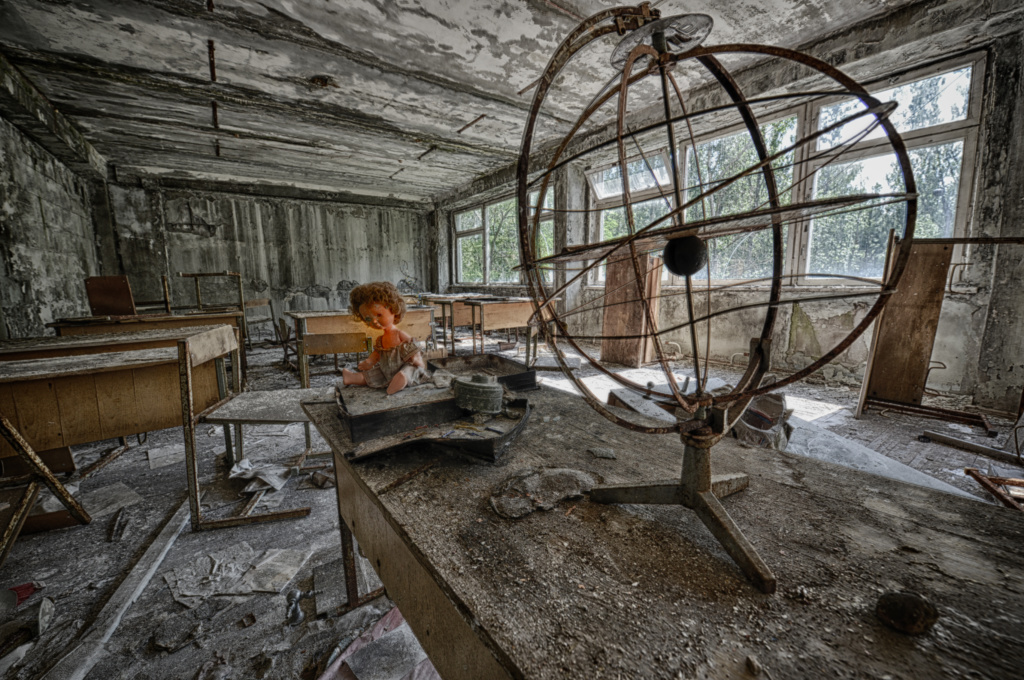
The reactor is approximately 100 km from Kiev and after an hour we arrived at Dytyatky, the official checkpoint to enter the Exclusion Zone. After some paperwork and soldiers checking the vehicle and passports, we entered into the disaster zone to first visit the abandoned village of Zalissya. Besides abandoned houses, barns and a shop, according to our guide there was still an old lady living one of the houses. She would regularly offer him fresh apples from her backyard – but he would politely decline – he said. After checking out some of the abandoned houses we hiked through the infamous red forest, which has been mostly decontaminated, but according to studies there are still weird impacts from the radiation. For example during fall, the leaves do not decompose and some of the dead trees did not decay even after 10-15 years. The count of insects is way below normal counts, birds supposed to have smaller brains and some mutated animals were sighted.
Before having our lunch break we checked out the mysterious Duga-1 Antenna, also called the ‘Russian Woodpecker” – a missile warning system that was built during the cold war to monitor the launches of intercontinental ballistic missiles from the US. The humungous structure looks like something out of a science fiction movie and there were conspiracy theories that it could trigger earthquakes or shut-down western communications systems. On the way back to our car we checked out the military camp “Chornobyl-2”, and dug through the leftovers of the Duga-1 command center, where we still could find old radio transmitters, switch-panels with Russian instruments and Russian military manuals.
We actually had an ‘ecologically clean’ lunch in the state cafeteria close to the reactor zone, where all the Exclusion Zone workers eat. You have to go through a radiation detector when entering and leaving the cafeteria. The procedure felt creepy and it was the most sterile looking cafeteria I have ever visited. The food looked a little ‘radioactive’ – but according to our guide, it is brought in from outside the disaster zone.
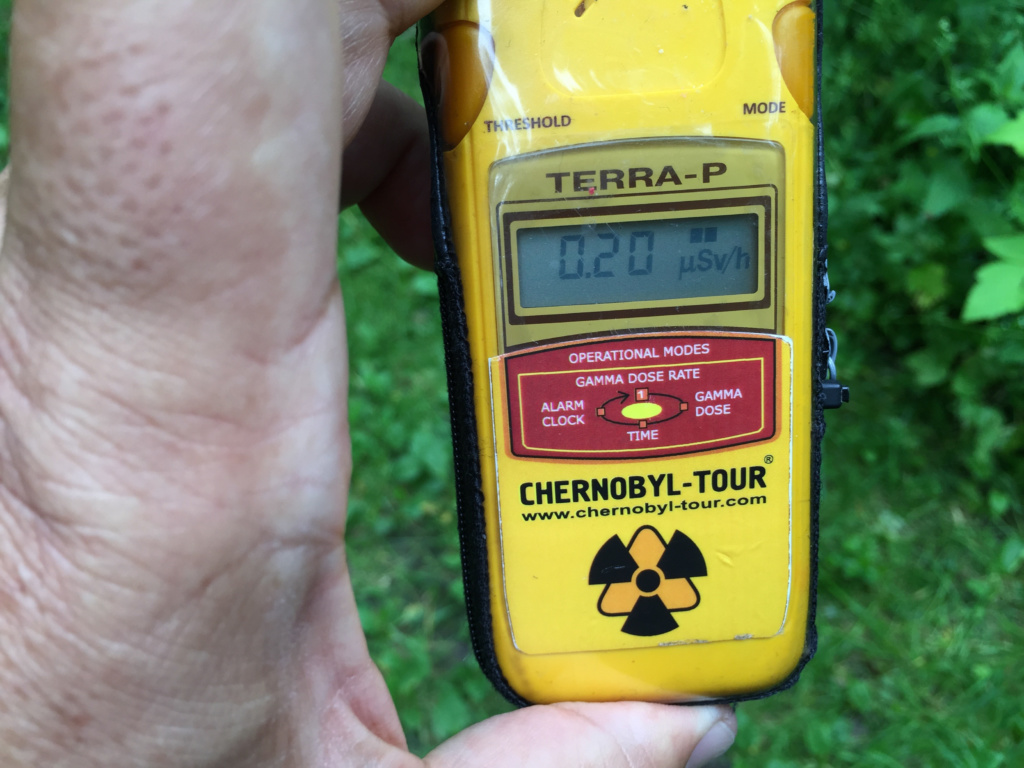
During our drive from Kiev we watched a documentary video about the nuclear disaster and especially the part about the clean-up efforts is still fresh in my head. After evacuating the residents of Pripyat, the city bordering the Chernobyl power plant, the Soviet Union sent robots into the Exclusion Zone to contain the meltdown and put out the raging fire – but the excessive radiation caused machines and robots to malfunction. So the government rounded up a corps of more than 600,000 soldiers, firefighters and volunteers, in make-shift protection suites to clean-up the radioactive debris. They were called ‘liquidators’ and thanks to their efforts an escalation and explosion of a second reactor could be prevented. Many of them died and it is said that 90,000 of the 200,000 surviving liquidators have major long-term health problems.
The highlight of the tour was a visit of the abandoned city of Pripyat. On the way there we stopped to see the infamous reactor No. 4 and the sarcophagus, a behemoth 35,000 tonne structure that has been built to seal in some of the most dangerous waste material in the world for 100 years . Our geiger counters started ticking and we read the highest radiation level of the tour so far – time to get back in the car and move on.
The city of Pripyat, named after the nearby Pripyat River, was founded in 1970, as the ninth ‘nuclear city’ in the Soviet Union, to serve the nearby Chernobyl Nuclear Power Plant. It was a soviet ‘show-case’ city with 15 primary schools, a hospital, 25 stores, 10 gyms, along with parks, cinemas, factories, and even an amusement park, that had been scheduled to open on May 1, 1986, and was never used. The entire 50,000 people who lived here were forced to evacuate in a mere two days. On the day of the disaster people continued to be outside until . Today a chilling ghost town, left by the worst nuclear disaster of all time, it is being taken over by nature and all buildings are crumbling.
When walking through the desolated, wet, overgrown buildings – you really had to watch your steps as some of the floors seem to give in at any moment and there were random big holes in the floors. There was glass and rusty nails everywhere and it was dripping from the ceilings. The collapsing Polissya hotel – once a landmark building, was a collection point for helicopter pilots dropping lead bags over the 4th reactor ruins. We passed through an olympic pool building where the tiles were breaking and trees growing through the window. After navigating through some dark buildings and staircases we got to a full-size baseketball gym where a pair of sports shoes was dangling from the goal. A school room was filled with several hundred gas masks, the floor of another room was covered with molding Russian literature books – it felt post-apocalyptic.
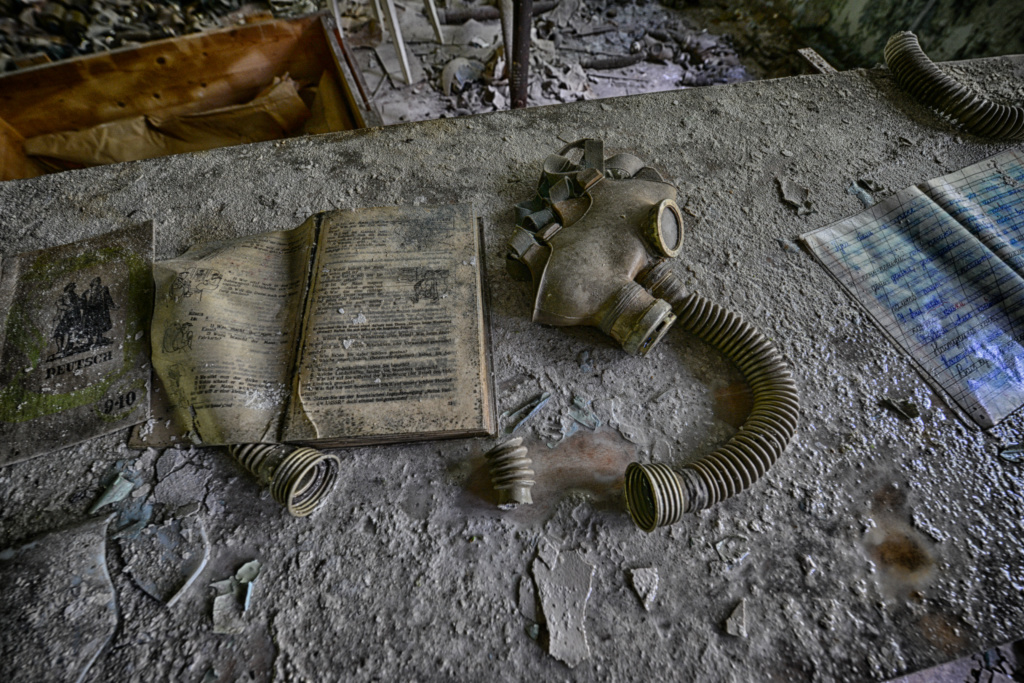
At the amusement park we took pictures of the ferries wheel and the guide warned us to watch for ‘hot-spots’ – and we should refrain from putting our backpacks on the ground. I was pointing my geiger counter at a small section of moss that was growing through the cracking asphalt and the thing just went bazookas and started ticking like crazy. “Whoa!” It read 10 millisieverts per hour. According to the guide – especially moss, grass and mushrooms collect extensive radiation. So we definitely stayed away from hot spots that were marked by radiation warnings signs.
The levels able to cause acute radiation sickness (ARS) remain only inside the Chernobyl Sarcophagus, the enormous “Object ‘Shelter’” construction. The tour operator website claims: “A dose of gamma irradiation received during a regular day trip to the Exclusion Zone is equal to the dose, received during two days in Kiev (New York, London …) or several hours of jet flight. ”
Well – when exiting the Exclusion Zone, we had to go through some radiation check point and the car supposed to be checked inside and outside with a geiger counter. The problem was, that there was a power outage when we got to the 10 km checkpoint. ‘Don’t worry’ the guide said in a calming voice, ‘there will be another checkpoint at the 30 km mark’. So we went through this checkpoint and luckily the 1960 russian made machines did not sound any alarm.
At the end of the tour we received a certificate that shows our total irradiation dose received. Not really an achievement – but a lasting memory for having been at a historic, post-apocalyptic place that should never be forgotten.
ATOMKRAFT? NEIN DANKE
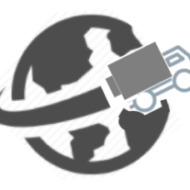
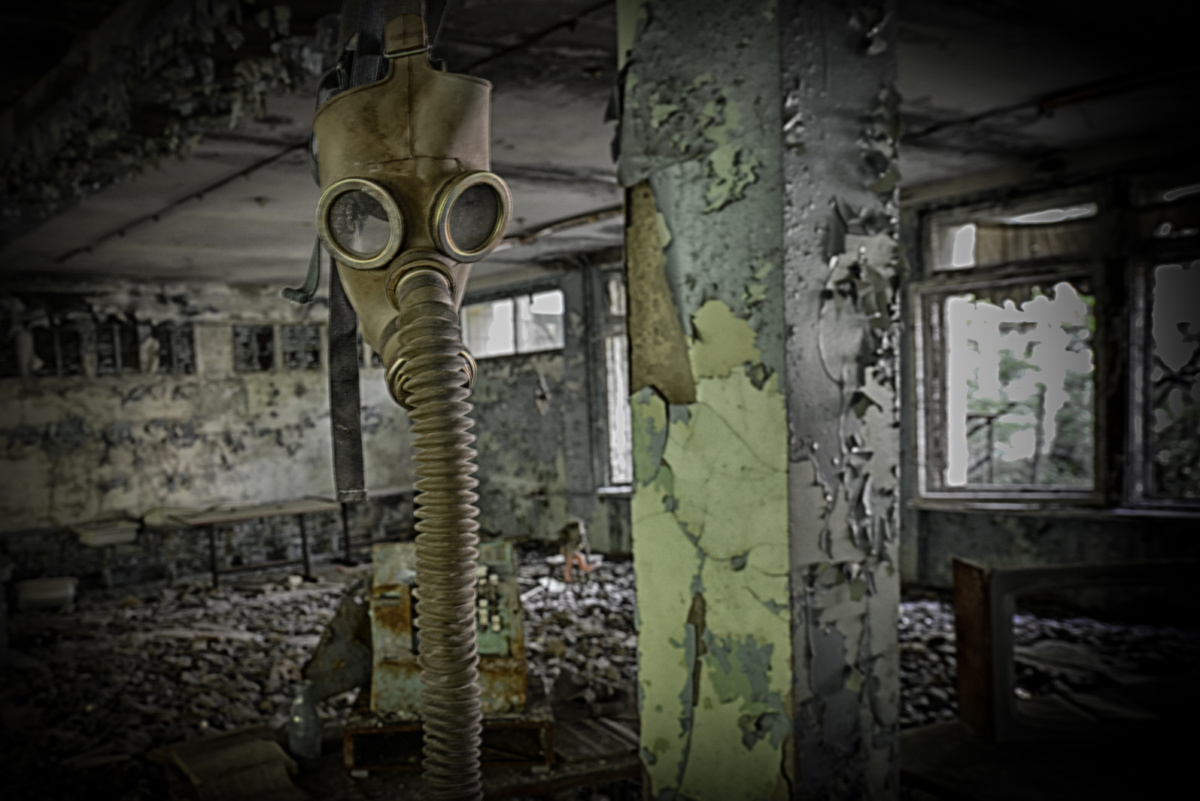
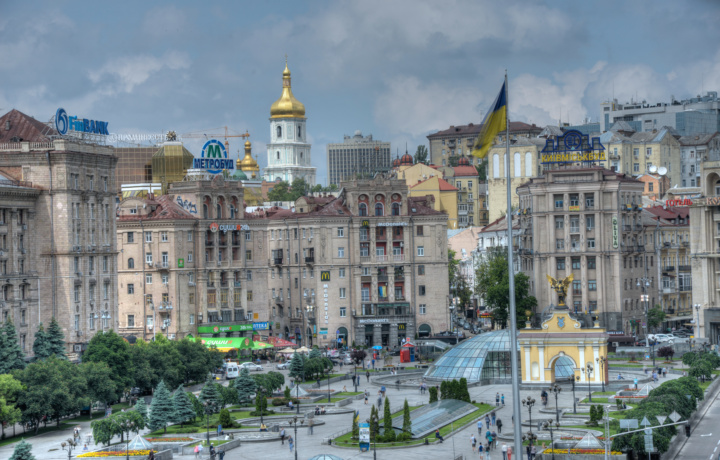
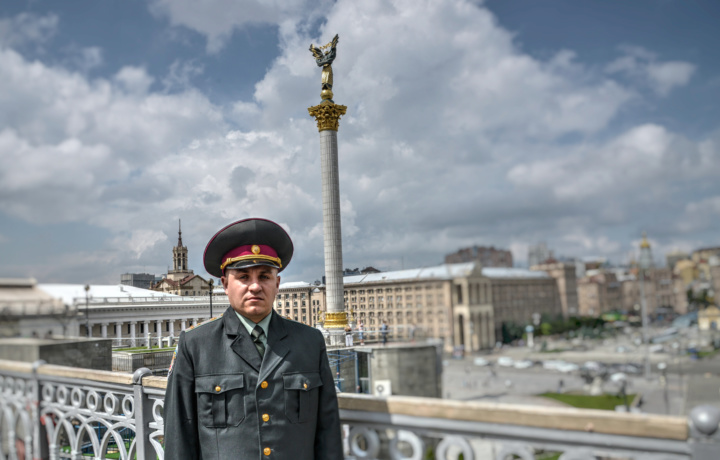
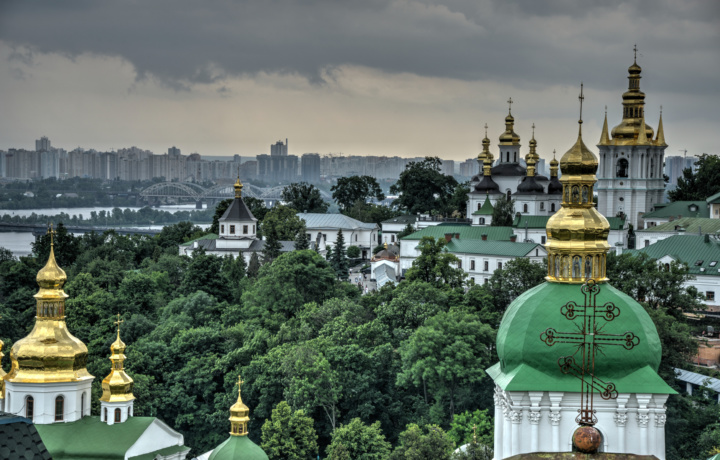
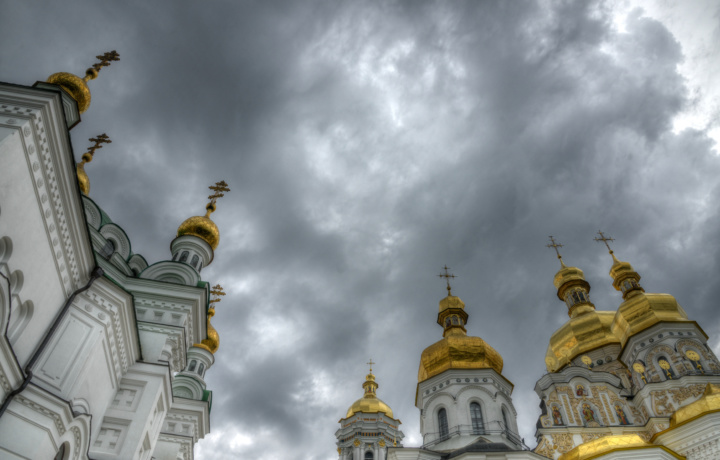
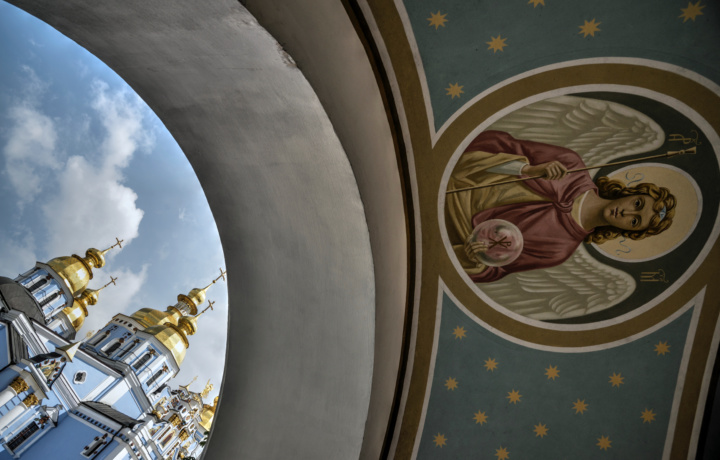
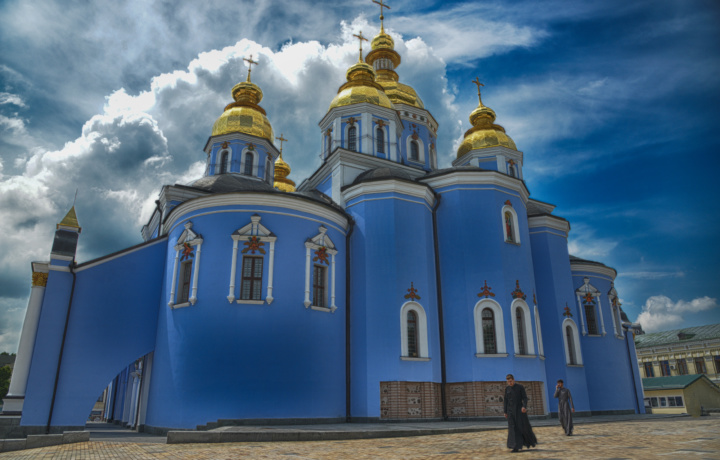

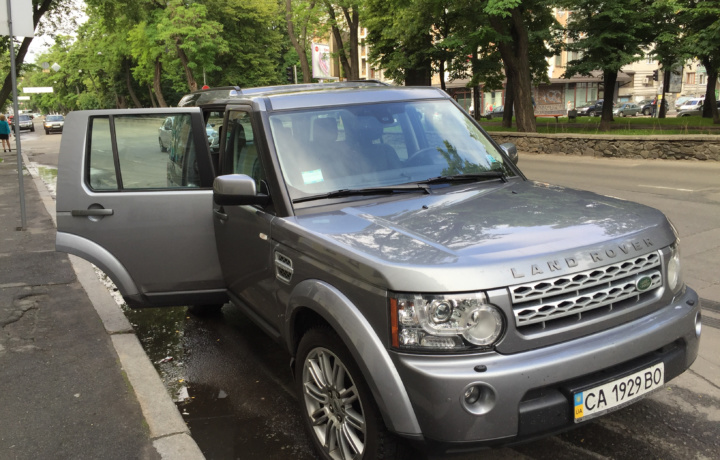
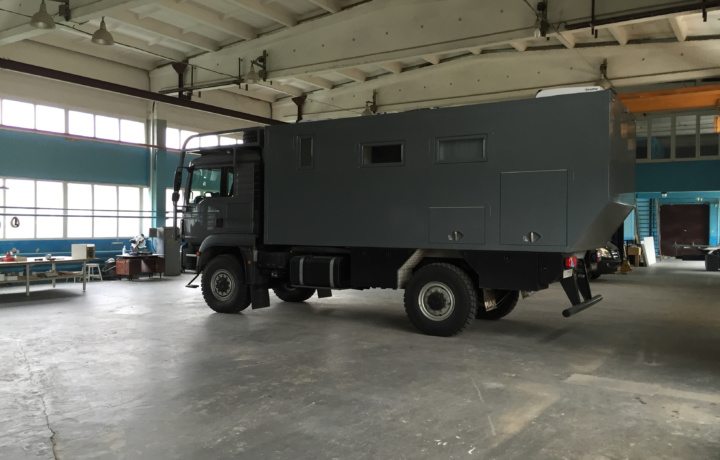

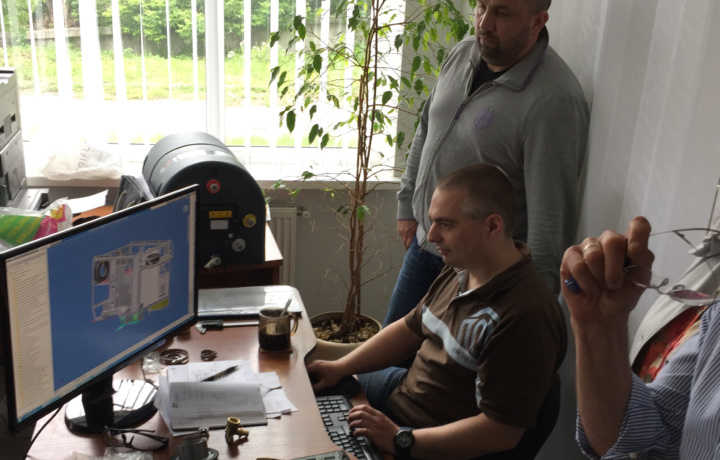
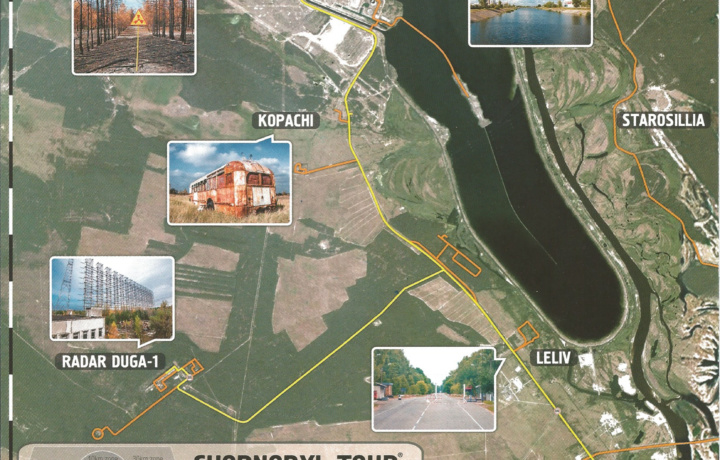
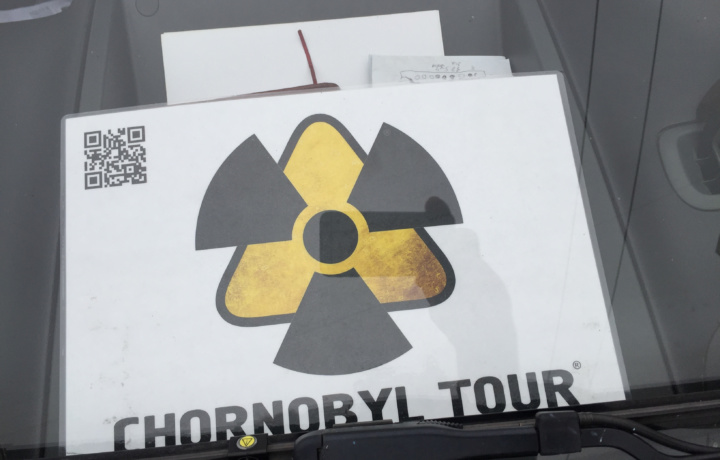
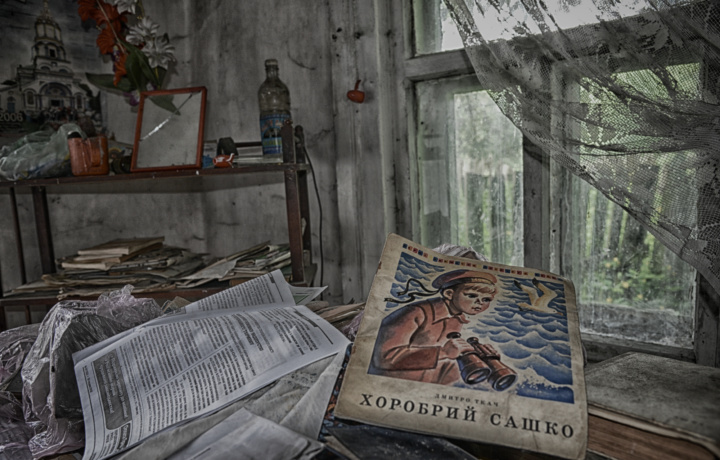
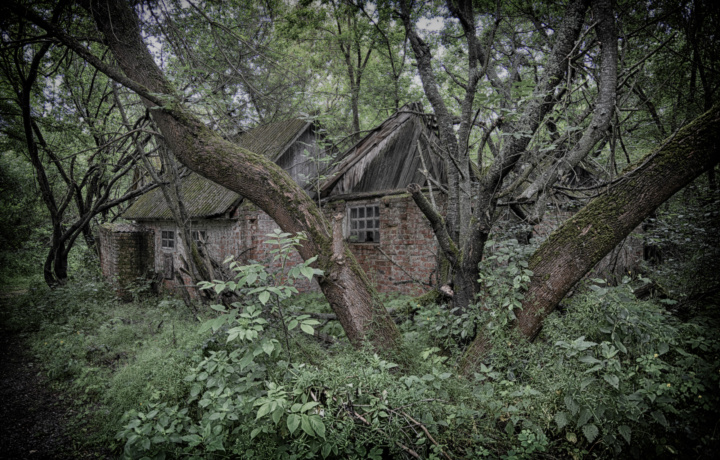

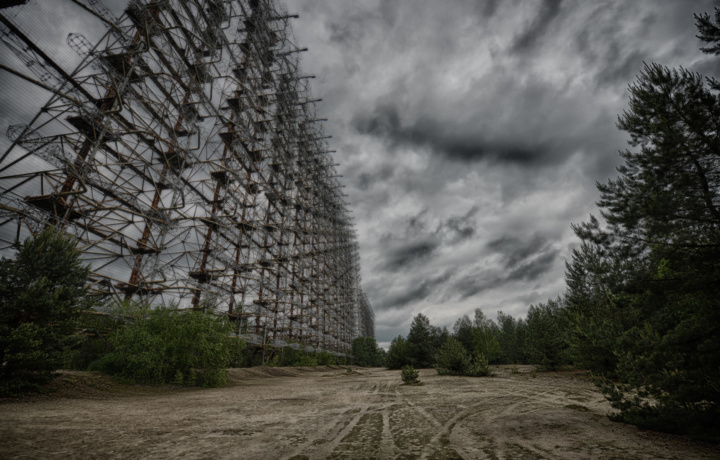
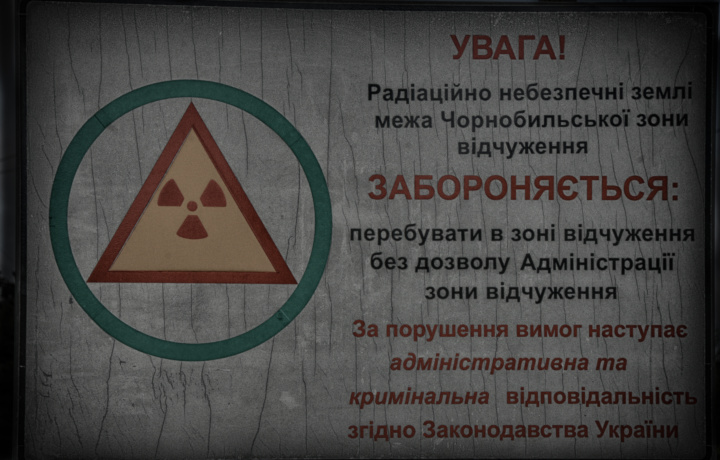
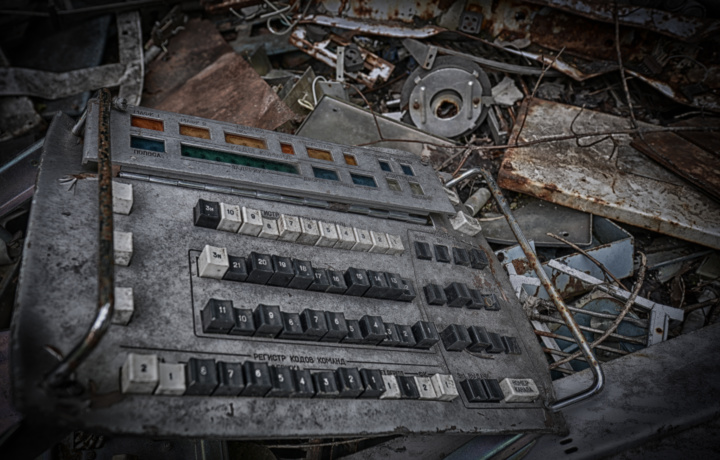
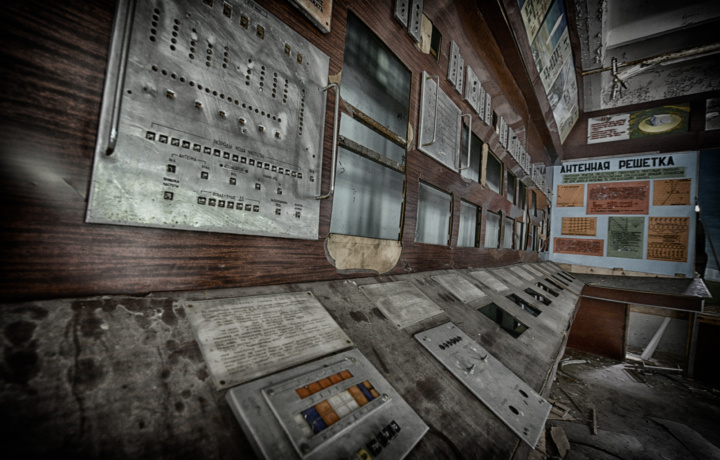
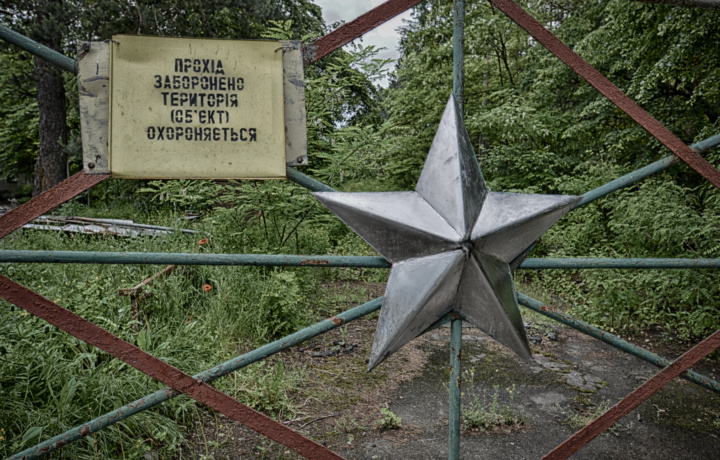
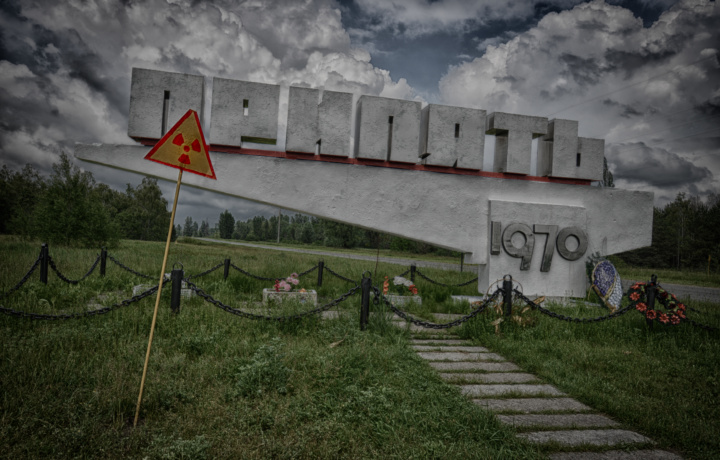
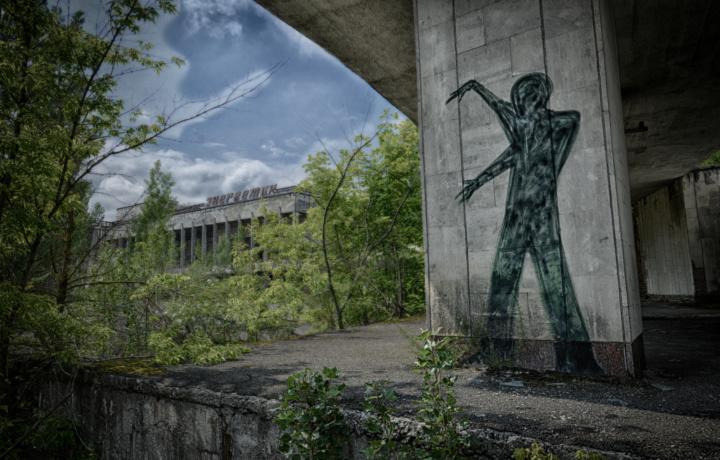
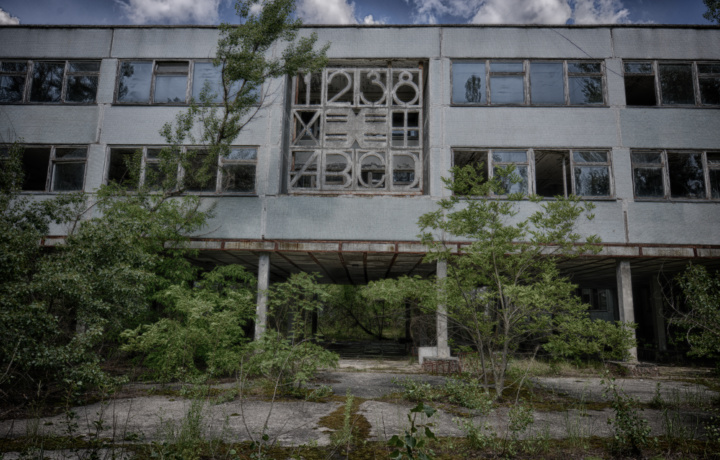
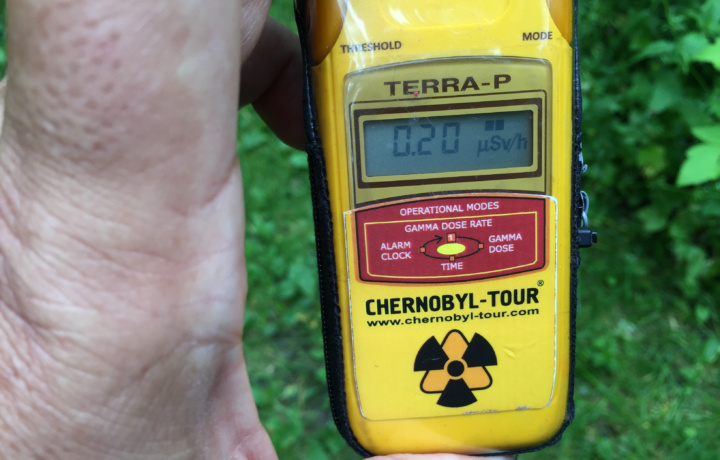
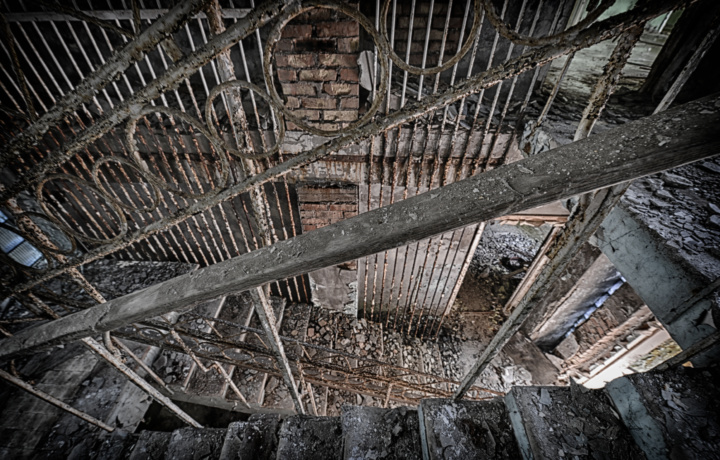
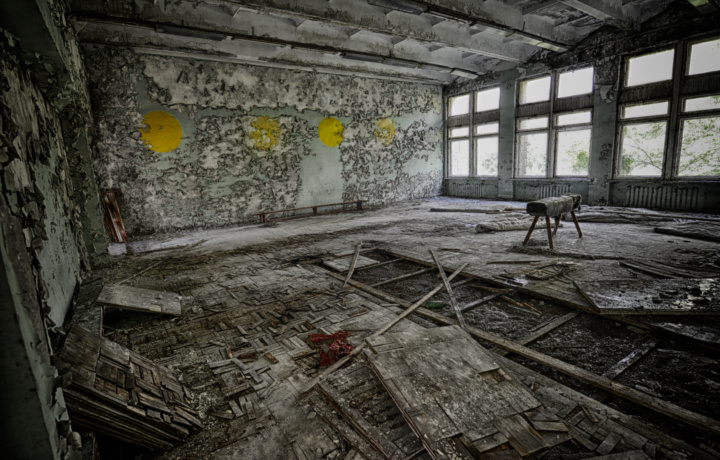


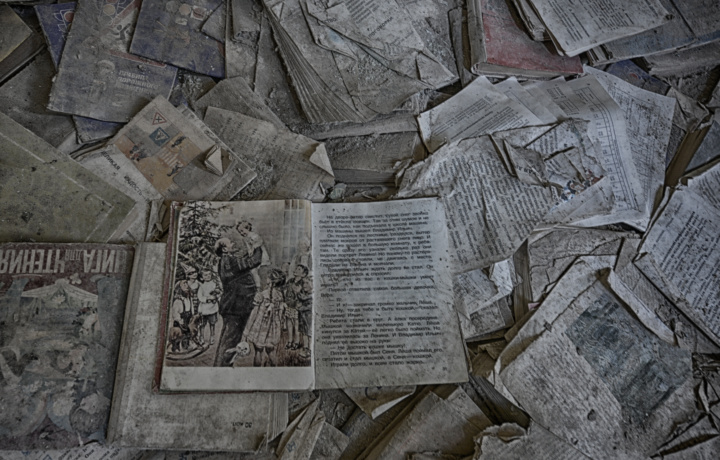
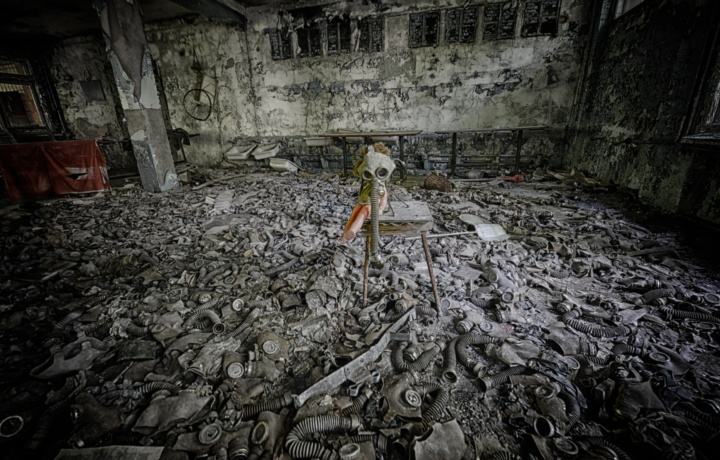
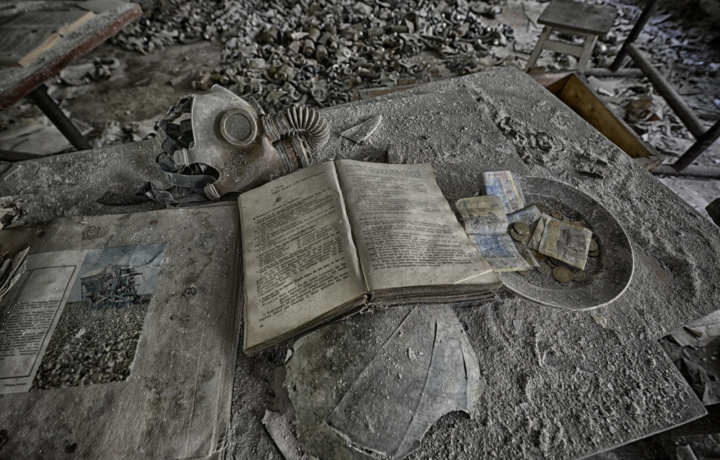
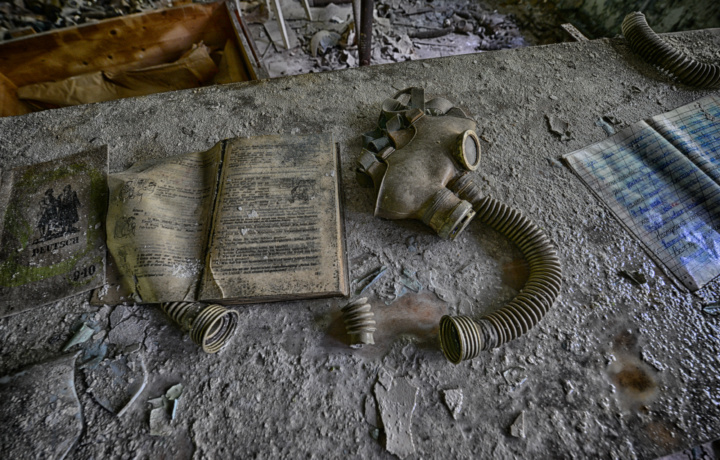
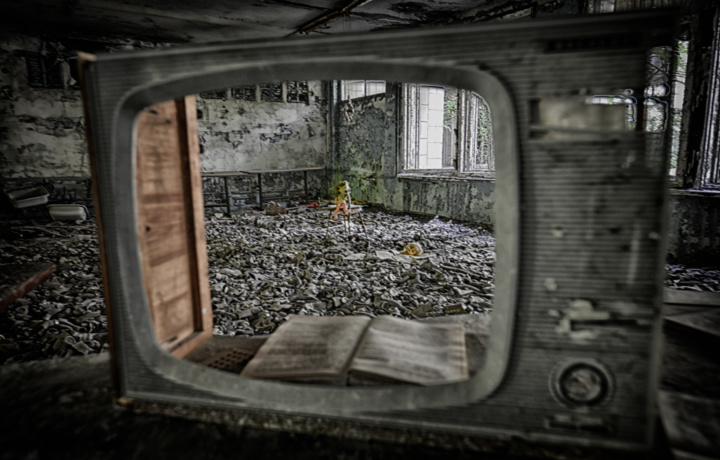
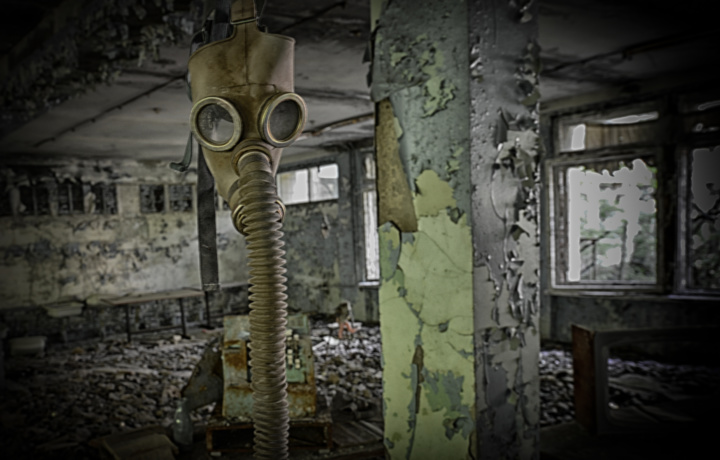
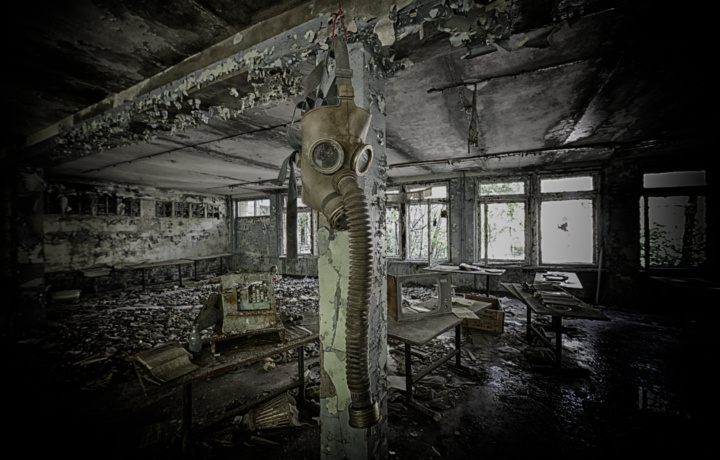

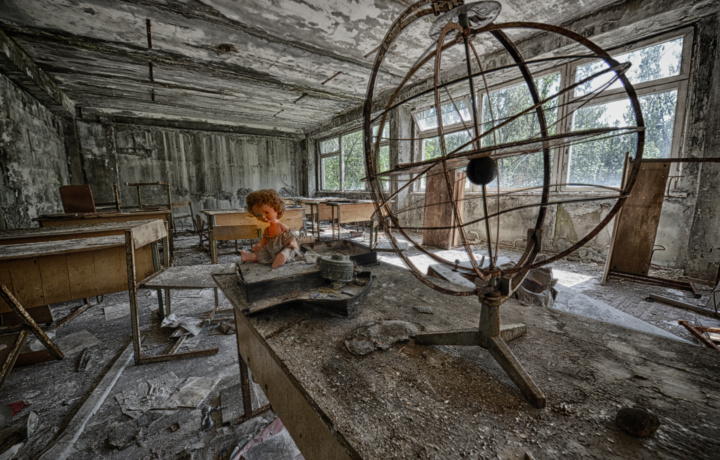
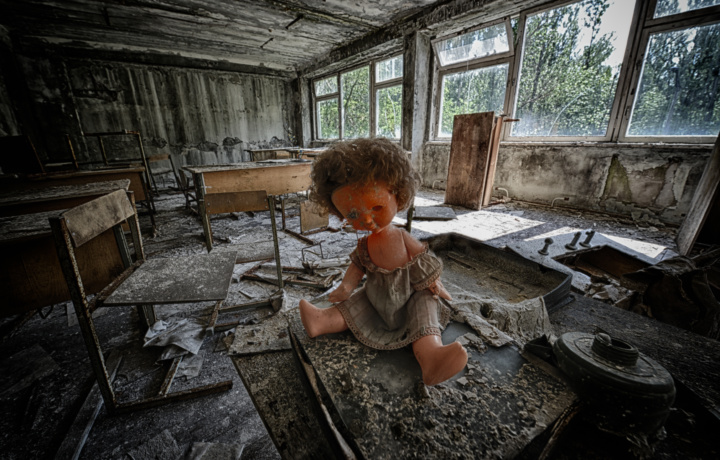

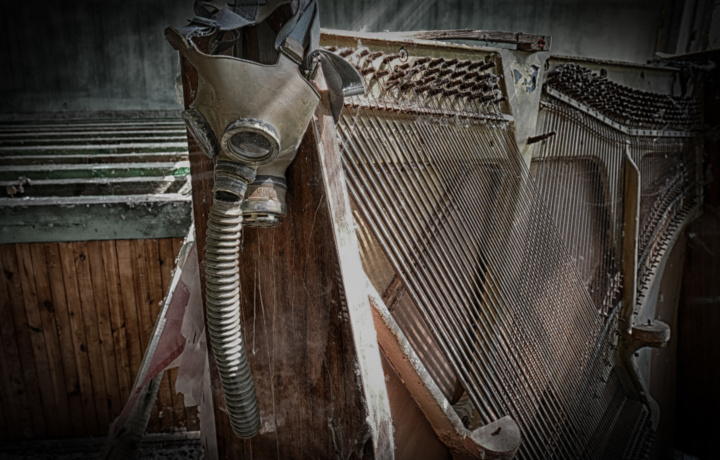
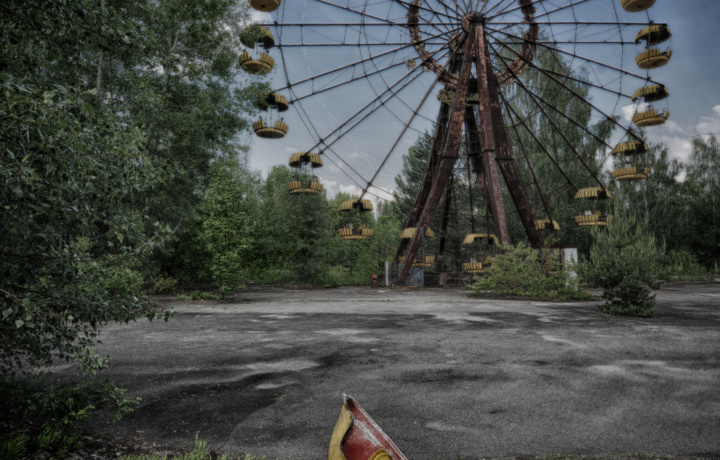
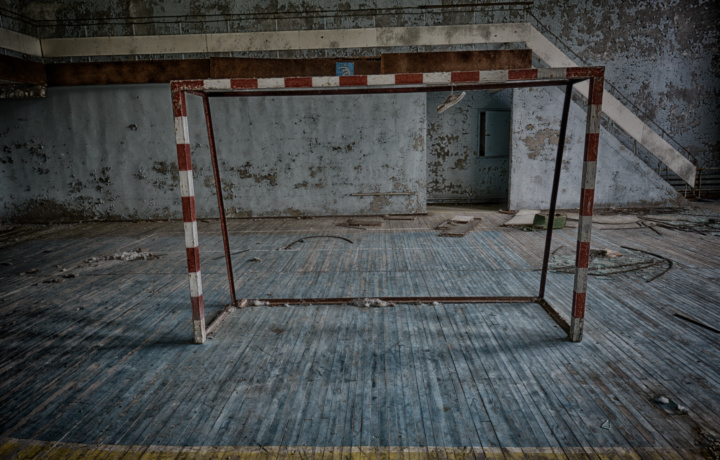
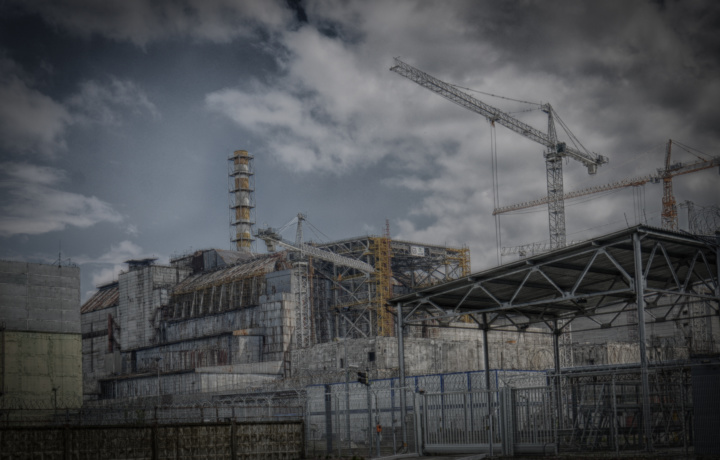

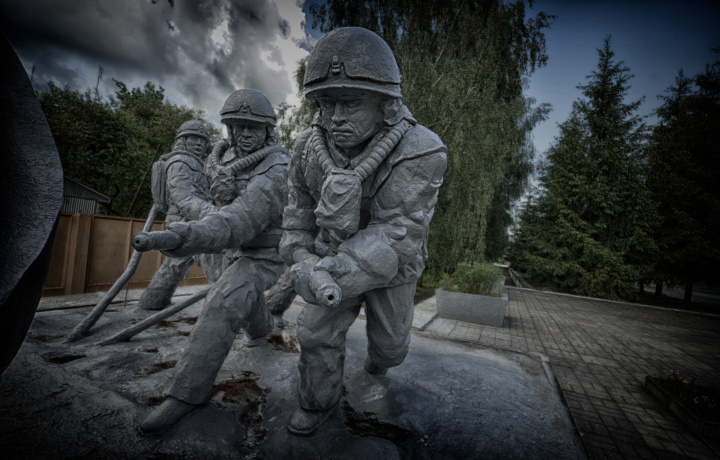
Great pics/blog. I stumbled across this while researching the Steyr 12m18 as an expedition vehicle. The Chernobyl tour looks fascinating and seems quite creepy. Can’t wait to see where you go next.
Hi Joe – thanks for your comments – we just got back from a longer Iceland trip – more to come on that soon